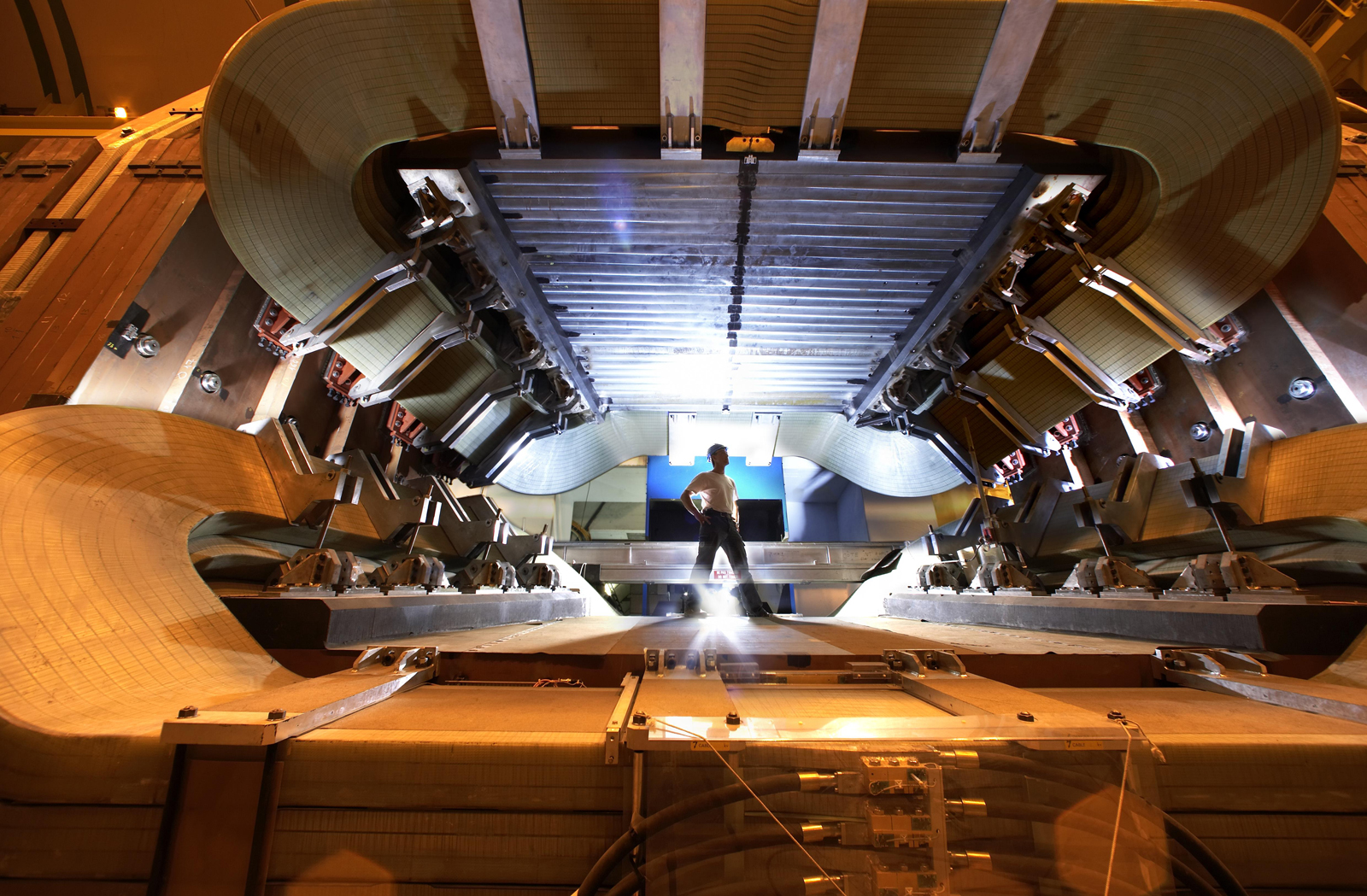Taking a closer look at LHC
Physics teachers in secondary schools usually mention the LHC or CERN only because of the enormous size of the accelerators and detectors used there, the number of scientists involved in their activities and also the necessary international scientific collaboration.
Impressive pictures of the accelerators and detectors are also shown. This is correct but clearly incomplete since there are other didactic possibilities to explore while talking about one of the most important scientific institutions in the world.
The aim of this Section is to introduce a few simple physical calculations about some phenomena that took place in the LHC .
Keep in mind that we will consider the parameters corresponding to the initial start-up of the LHC, so they should be updated, if necessary, with the values corresponding to the specific moment we wish to evaluate.
They can be used in the classroom in order to stimulate the curiosity of students, to help them to understand those physical concepts, and as an example of the relationship between the ‘cold equations’ of physics on the blackboard and the exciting work in scientific research.
The calculations that you will be finding in this Section are adapted to the Physics of Secondary School and in most of the cases are only very simple approaches to the correct results.
If you find any mistake, please don't hesitate to let us know and we will try to correct as rapidly as possible.
If you wish for more specific information you must go to websites linked to CERN and its experiments, where you will obtain more complex and specific descriptions and data.
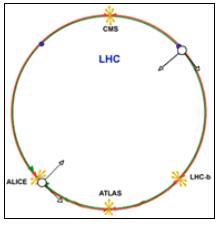 |
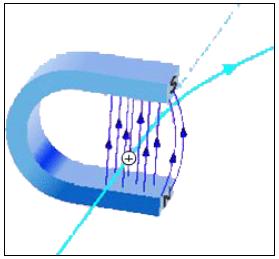 |
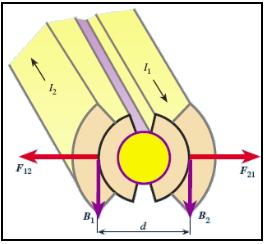 |
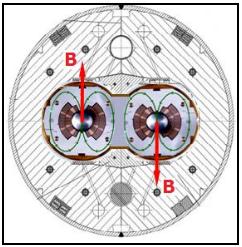 |
|
AUTHORS Xabier Cid Vidal, PhD in experimental Particle Physics for Santiago University (USC). Research Fellow in experimental Particle Physics at CERN from January 2013 to Decembre 2015. He was until 2022 linked to the Department of Particle Physics of the USC as a "Juan de La Cierva", "Ramon y Cajal" fellow (Spanish Postdoctoral Senior Grants), and Associate Professor. Since 2023 is Senior Lecturer in that Department.(ORCID). Ramon Cid Manzano, until his retirement in 2020 was secondary school Physics Teacher at IES de SAR (Santiago - Spain), and part-time Lecturer (Profesor Asociado) in Faculty of Education at the University of Santiago (Spain). He has a Degree in Physics and a Degree in Chemistry, and he is PhD for Santiago University (USC) (ORCID). |
CERN CERN Experimental Physics Department CERN and the Environment |
LHC |
IMPORTANT NOTICE
For the bibliography used when writing this Section please go to the References Section
© Xabier Cid Vidal & Ramon Cid - rcid@lhc-closer.es | SANTIAGO (SPAIN) |



